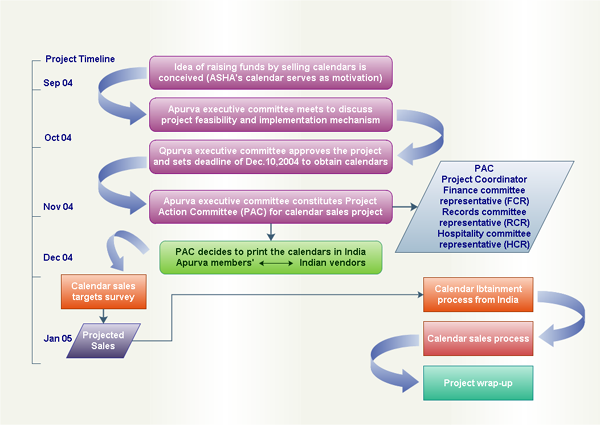System Diagram, Free Examples Download
System Diagrams Definition
System diagrams are powerful tools that help you to understand how complex systems work. Systems analyzed may be anything from businesses, through biological population models, to the impact of social policy, etc.
System diagrams are particularly helpful in showing you how a change in one factor may impact elsewhere. They are excellent tools for flushing out the long term impacts of a change. Importantly, a good system diagram will show how changing a factor may feed back to affect itself!
Drawing a system diagram is a good way of starting to build a computer model. The technique helps you to map out the structure of the system to be modeled. It shows the factors and relationships that are important, and helps you to start quantifying the linkages between factors.
Free Download UML Diagram Software and View All Examples
Some System Diagram Examples

Free Download System Diagram Software and View All Examples
System Diagrams as the basis of computer models
Once you have established the relationships between factors on your diagram, you can look to see if you can put numbers to the relationships. In the example above you may find that if drought halves the amount of grass available to antelopes, that the antelope population reduces by one third.
You can build this relationship into a computer model. A useful way of starting this with simple and moderately complex models is to build the model on a spreadsheet.
You can use this model to make predictions by changing factors within it. This would allow you to assess the likely impact on your system of external changes, and investigate the effect of changes you might make within the system.
How to Draw System Diagrams Rapidly
Systems diagrams allow you to model the way in which complex systems work. They help you to think through the way in which the factors within a system interact and feed back upon themselves.
You should now be able to analyze:
- How factors are related, and how one factor will change when another changes
- How factors may feed back in either balancing loops or reinforcing loops
- How external factors impact on the system
- How gaps operate
- How delay affects the system
- All the complexities of a system


